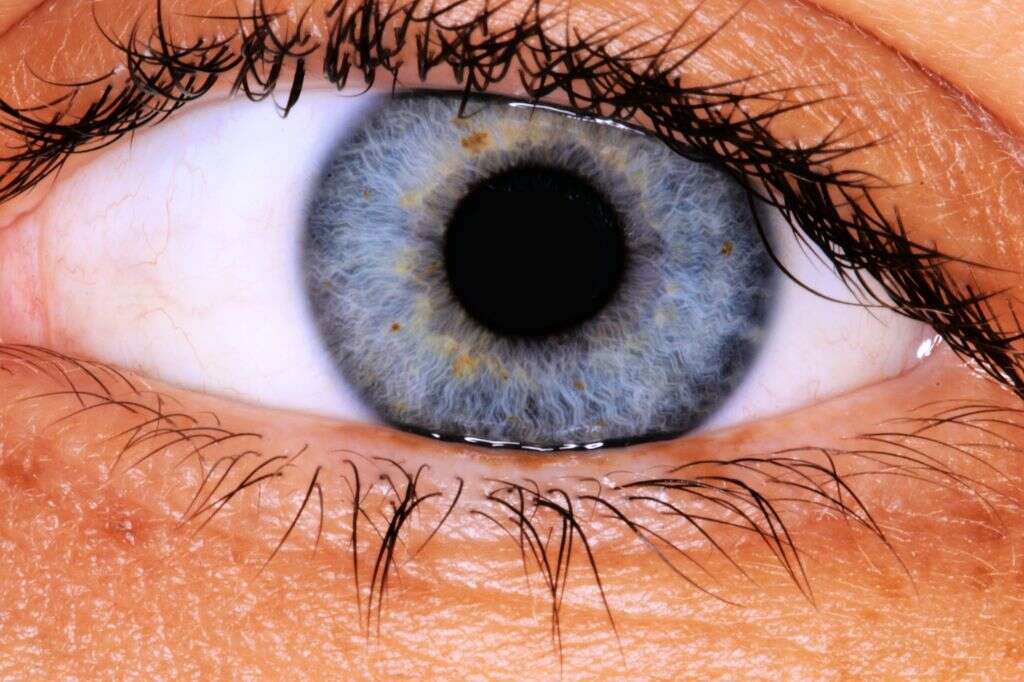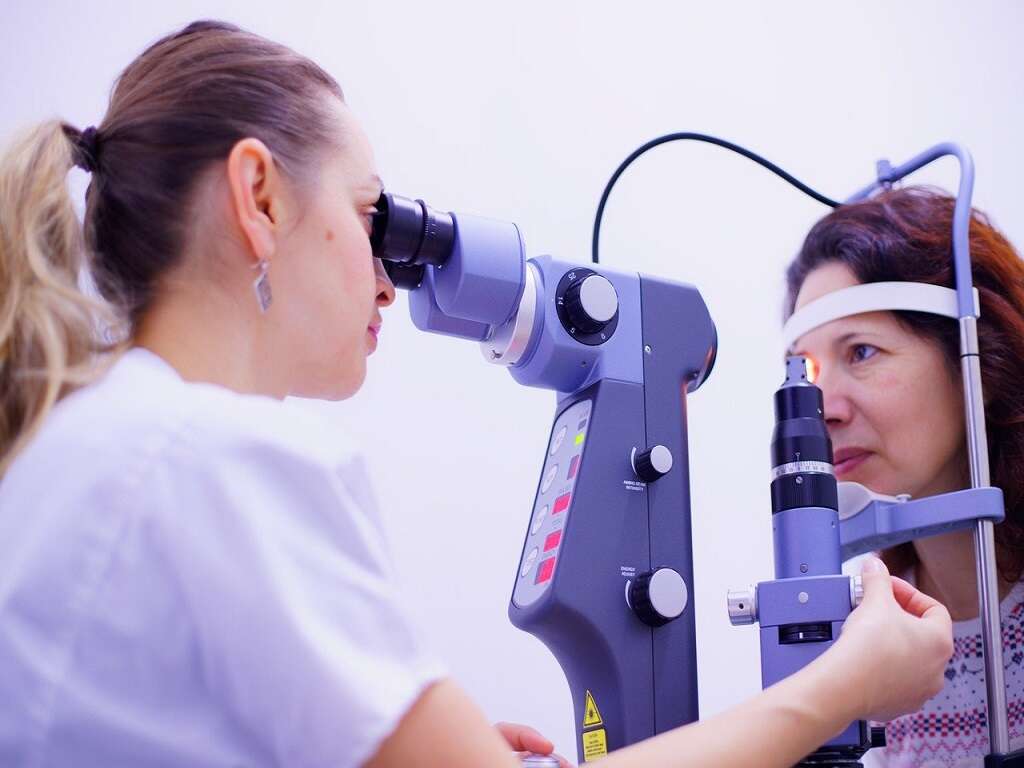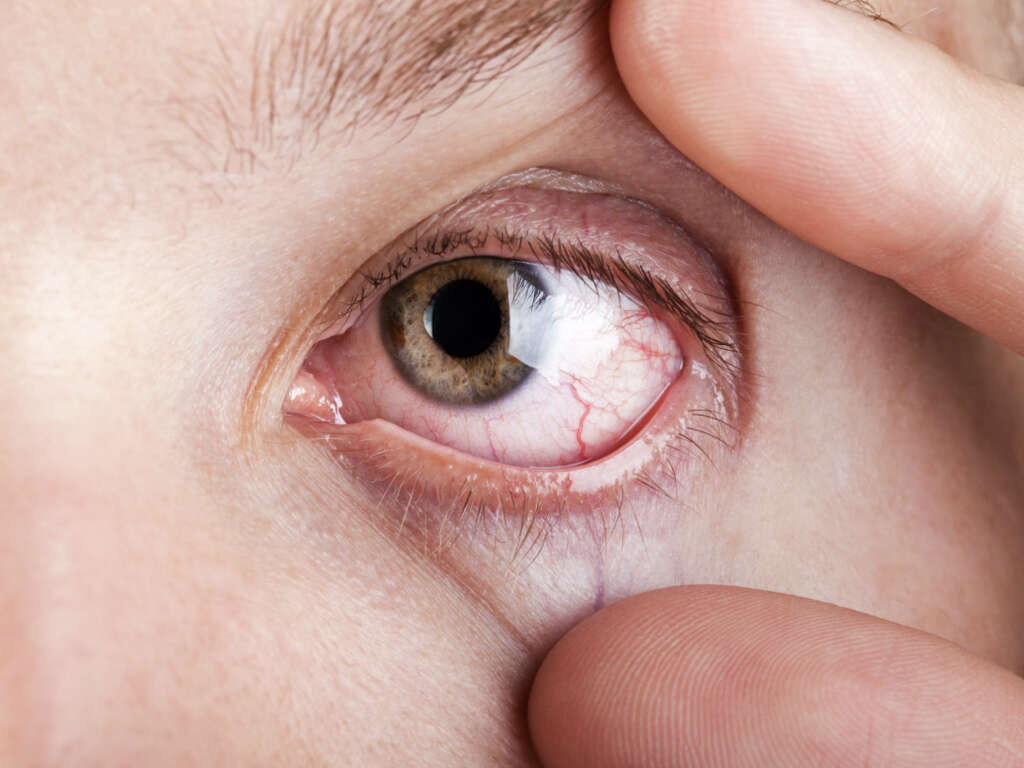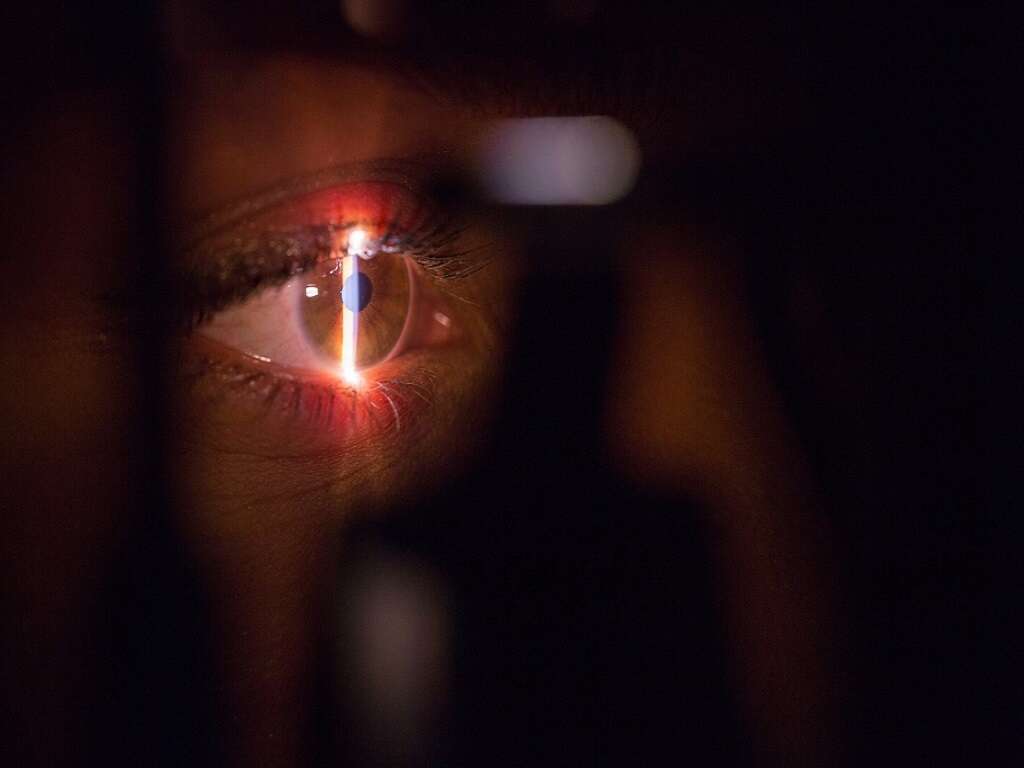10 Detached Retina Symptoms
 Article Sources
Article Sources
- 1. Common Eye Disorders and Diseases. (2020, June 03). Retrieved December 16, 2020, from https://www.cdc.gov/visionhealth/basics/ced/index.html
- 2. Pitcher, J., MD. (2017, July 01). Traumatic Retinal Detachment in Younger Patients. Retrieved December 16, 2020, from https://www.retinalphysician.com/issues/2017/july august-2017/traumatic-retinal-detachment-in-younger-patients
10. Abnormal Pupillary Response
The pupil is the black opening in the center of the eye. Its function is to allow the light to enter and focus on the retina. Moreover, both pupils are controlled by specific nerves and muscles that constrict them when the eye is focused on near objects or as a response to light. Conversely, these muscles work to dilate them in opposite situations. Pupillary response to light is usually consensual, which means that there will also be a change in the pupil size of the eye opposite to the one to which light is directed. This response is known as the pupillary light reflex and is usually evaluated through the swinging flashlight test.
Retinal detachment can cause abnormal pupillary responses. Specifically, it can cause a rare effect known as the Marcus Gunn pupil, where each pupil responds differently to light. For instance, the affected eye’s pupil will not constrict when light is shone during the swinging flashlight test. Yet, it will react when light is shone in the other eye. In short, the Marcus Gunn pupil indicates that there is a dysfunction in the retina (i.e. retinal detachment) or the optic nerve.
Advertisement











